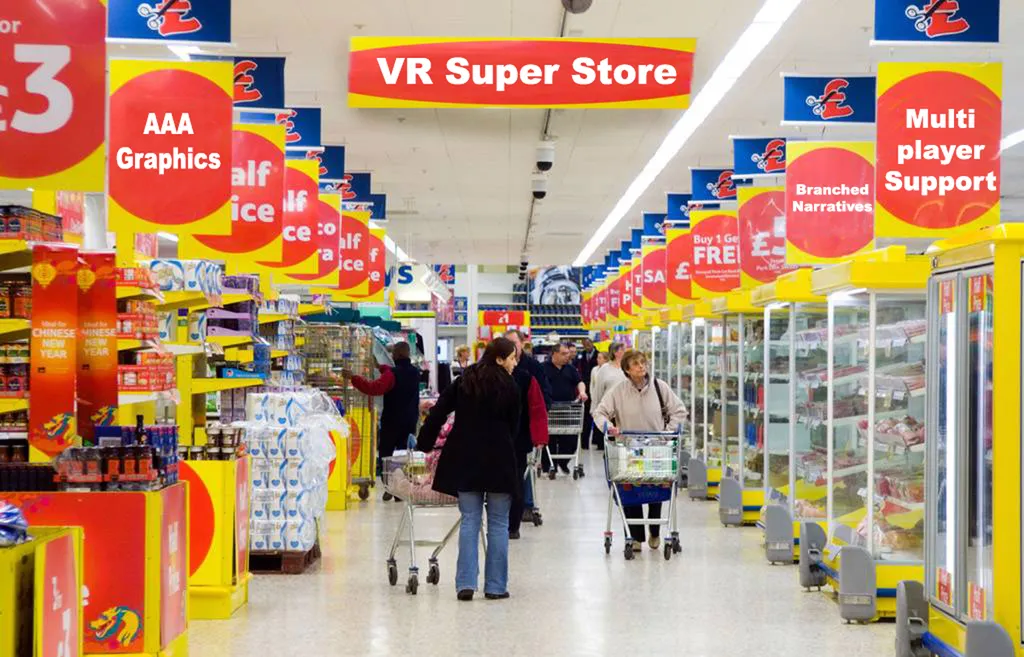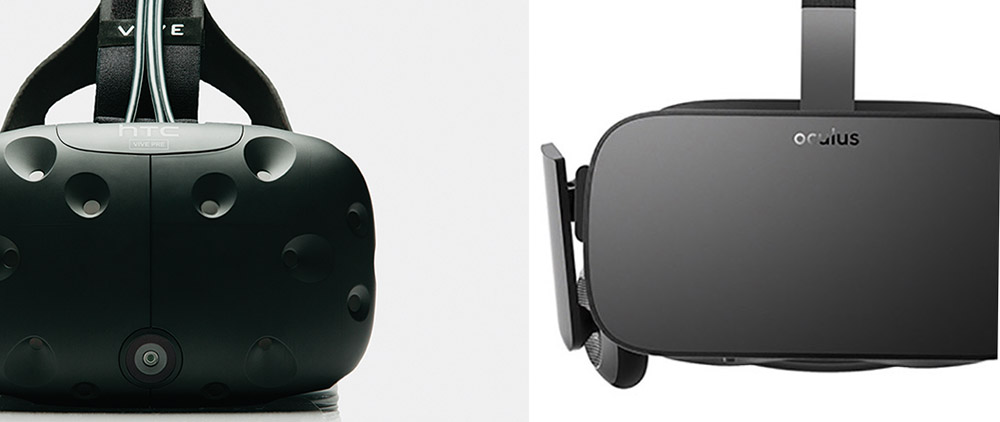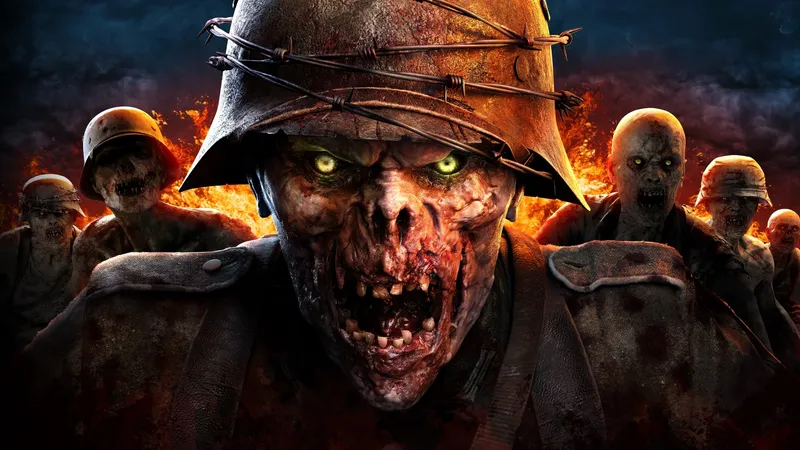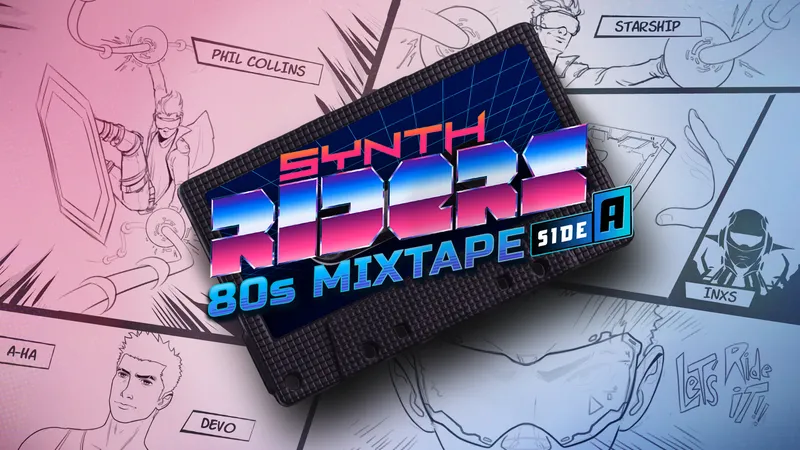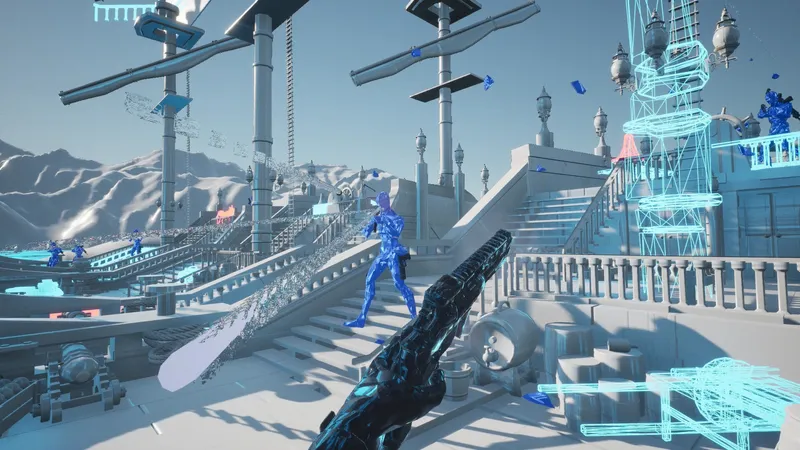VR game development is wild and if you’re going stick around, there are some facts you should know. There is a general misconception exists that VR game development is like a grocery store with shelves of features and that game developers walk down aisles and throw these features into a cart. This isn’t the case.
As a developer, interacting with a public that believes this is, frankly, frustrating and hard to gain traction against. No single group of people lie at fault for misconception, however, it’s a problem caused by the public and us developers. I’m writing this as a way to help break some of those misconceptions, and offering advice to both gamers and developers on how we can make it better. I’ve split this article up into two parts: The first half is for gamers and the second half, developers. But honestly, everyone should read the whole thing.
Hey Gamers, We Know
There’s some things you need to understand — I know you want more content. I know you want your favorite game remade for VR. I know that you want a super-awesome game that you can play everyday with your friends. I — and the rest of the VR developers in the world — know. But it takes time. I know you hear that a lot, but it’s true!
Most of the launch titles you saw for the Vive, for example, were made in less than 6 months. That is a crazy short amount of time for a full game dev cycle. When it comes to making games, there are no pre-made features that we can just pick off a shelf and plug into Unity or Unreal and it just works. Making a game is not like grocery shopping. You don’t buy the stuff you want and then just throw them together following a recipe. Making a game is buying the farm, growing and gathering all the food you need and then testing every combination that you can make with that food to make a new recipe no one’s seen before and tastes good.

Think of how long you think adding a feature to a game will take, and multiply that number by 10. If it involves online interaction, multiply it by 30. And that is being conservative… and that’s just traditional games.
VR is a whole different game (pun not intended). When you hear the term “VR is in its Wild West Stage” — we mean it. It’s wild. There’s something new being made/announced/innovated on every single day. Just this morning, I discovered that something we thought we couldn’t do for VR was possible! And after talking with some designers, we discovered that a genre that we decided wouldn’t work in VR last week, in fact could be awesome if done a certain way. We’ve had to throw out the Game Design “bible” and write our own one, just for VR. Making VR games right now isn’t even as easy as buying a farm and growing food and testing combinations, it’s looking around for good a place to grow things, then figuring out what can grow, and deciding if it’s edible. After all that then we can start figuring out a recipe that works. VR game development requires a lot more prototyping and demoing because we literally don’t know what works well and doesn’t work well! It is quite possibly the most exciting and most stressful sector of the game industry right now.
“Making a game is not like grocery shopping… [it] is buying the farm, growing and gathering all the food you need and then testing every combination that you can make with that food to make a new recipe no one’s seen before and tastes good.”
I want you to understand this. Early on, there will be flops. There will be a lot of small/short-content games, there will be a lot of things that look like “demos” and there will be a lot of thin content. As a consumer, yea, that kind of sucks, but we’re moving as fast as we can. Some of us are probably moving faster than we should. We make these experiences and then publish them so that firstly, we can show-off what we’ve discovered and secondly so we can get some money to start building up actual jobs, careers and businesses. Lots of us are doing 2–3 projects at once. Some even more. Again, VR is quite possibly the most exciting and most stressful sector of the game industry right now.
This is just how things work right now. I have yet to hear a developer say anything negative about how the Rift and Vive launches went, 6 months out. In fact, a lot of the stuff people felt as negative (looking at you, shipping woes!), we were happy about because it meant that people were interested. The people want VR and all the work we’ve put into games/apps/experiences was for something. That all being said, it was a small victory in the grand scheme of things. Now, we’re back down in the trenches fighting our way up. Day by day, week by week.
What I’m trying to say guys and gals, is be patient.
We want to make you the games you want to see. We especially want to make you the games you don’t know you want to see. You see someone post a small demo of something they made? No matter how it looks, give them a thumbs up. Give them feedback. Developers are predicting 2017 to be rougher for VR development than 2016 (with 2018 being where things get good). You as consumers probably won’t see it, but you should know. Any support helps, and constructive patience helps more. Communicate with us! The VR dev community is full a crazy, fun and crazy fun people. Lets chat. (You can find us mostly on twitter, if you’re wondering).
Developers, speak up.
Developers, you probably knew a lot of what I just said and if you didn’t, you know now. It’s tough right now, yea? You see what I’m talking about with the public — the underestimation of the difficulty and time needed for game development. It sucks. Don’t let it get you down, but you shouldn’t let it slide either. As a developer, you have the unique position of knowing more about the games, the industry and the direction the VR industry is going than the average player. You know how long it takes to implement a feature, or how important UI is. Take what you know, and spend the extra 140 characters, or the extra minute to quickly just inform people that “Hey, this really isn’t that easy.” Explain why you picked the farm you did and are trying to grow the thing you are (just to continue with the farm metaphor. I’m kind of proud of that).
Communicate. I know communication can be a punchline or a touchy-subject for some people and I know it’s not for everyone, but more communication about how VR development is going can help. Educate the public about why you can’t implement multiplayer or why you’re using teleportation rather than sliding motion. It doesn’t need to be a lot, just a tiny little bit I’ve found helps significantly. Yea, you’ll get the people who argue with you about how you’re wrong or bad or are just projecting your incorrect opinions on everyone — ignore them, they aren’t worth your time or mental resources. Learn from them if you can, but ignore them.
Additionally, if you’re a solo developer, or a team and aren’t talking with other VR devs, find a VR development community — there’s at least three slack communities and probably even more communities on the internet I don’t know about. Get onto Twitter or Facebook and follow VR devs. Chat with them. Be active in general VR communities on Reddit, Facebook or whatever internet site you prefer. Don’t hide behind the headset, be out there. If you’re a ‘big player’ in VR, use that status to help. VR is just as much as social platform as it is anything else, so be social.
And that’s about it.
Oh Wait, Money…
Actually, hold up. There’s a bit more.
In the discussions that I’ve had with developers, evangelists and the general public one thing kept coming up that is extremely important, but I never touched on. Money. I know this is an important part of the every VR developers life right now, but I didn’t want to include it originally because I was worried that it would take center stage and it would skew what I was originally trying to say. However, enough people brought it up, and brought up some good points so I’m adding this update section to talk about it a bit.
Developers need money. We have to buy the farm to get the seeds, to grow the plants, to test the recipes, to serve the food (VR truly is the farm-to-table game industry right now). We spend money on our time combining what we grew, looking for that recipe that we and you both find enjoyable. It may come as a surprise, but even creating what you may feel is a small feature, can cost a significant chunk of money. I’ve heard and seen a fair amount of people grossly underestimate the cost of adding even a simple character to a game. Normally when someone is confused or incorrect about the cost of a game, I refer them to this Engadget article, where it outlines Lab Zero Games breakdown of the budget set to add a single character (Squigly) to their game, Skullgirls. It helps put things into perspective. You can find breakdowns like this all over the web, usually around Kickstarter games.
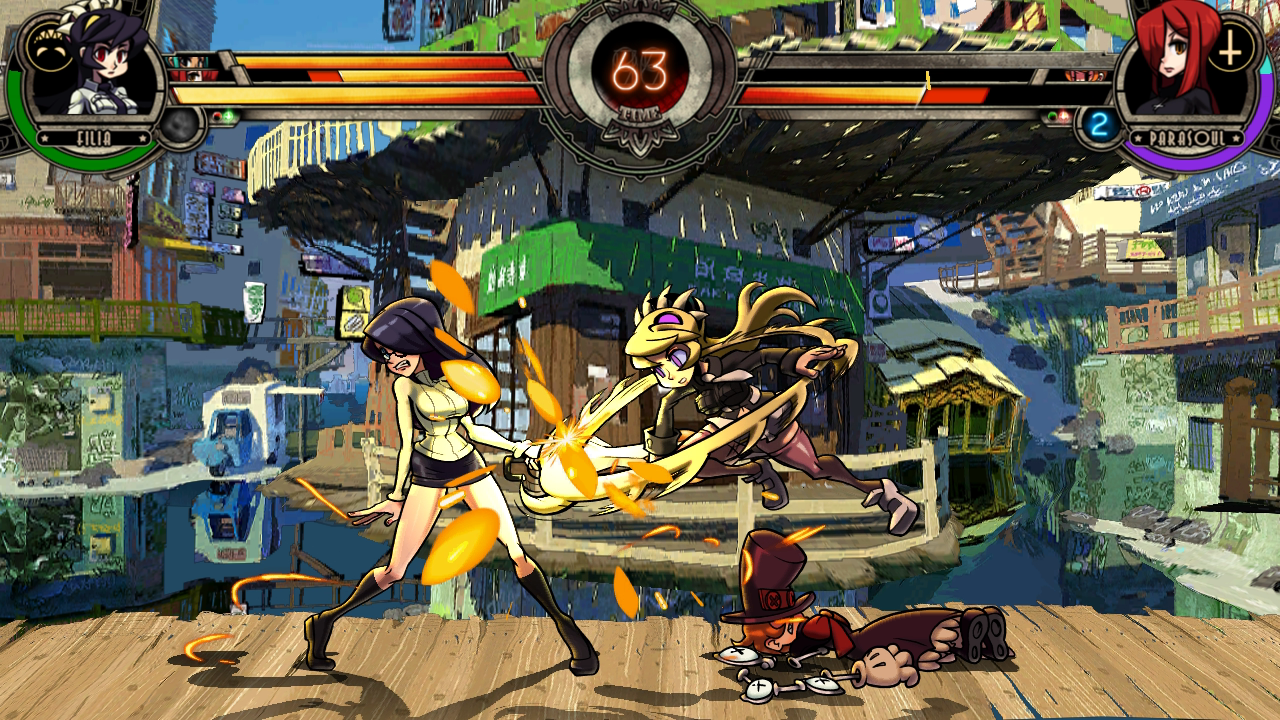
The market for premium VR gaming is small. I mean, it’s really dinky compared to the global gaming market. There isn’t a lot of people to sell games to, so we can’t make big games with large budgets – we just wouldn’t get an adequate return. We’d lose money. Honestly, even small games right now, ones made in just a few months, have lost or are losing money. As an outsider, either as a developer or investor, looking into the VR world right now, you’d think we’re all crazy and… you’d be right. We’re arguably over working ourselves, working ridiculously hard discovering and creating new experiences for not proportional returns. This is why generally everyone says that VR is dominated by Indies. For large companies the chance of return doesn’t outweigh the risk – it’s just not worth it. That being said, there are AAA companies working on VR games, Ubisoft being one, and I commend them for taking the risk. I don’t expect AAA VR titles to become as common as non-VR AAA titles for some time now. If I had to hazard an optimistic guess, I’d say that we wouldn’t see anything until Q4 2017. Like I said before though, that’s okay. VR’s moving along as we expected it to.
Actually, I’d say that it’s doing better than we expected, but that’s just me.
Joe Radak is currently working with Eerie Bear Games on Light Repair Team #4. You can follow him around on Twitter @fr0z3nR for other game, VR and probably even some cooking shenanigans.

